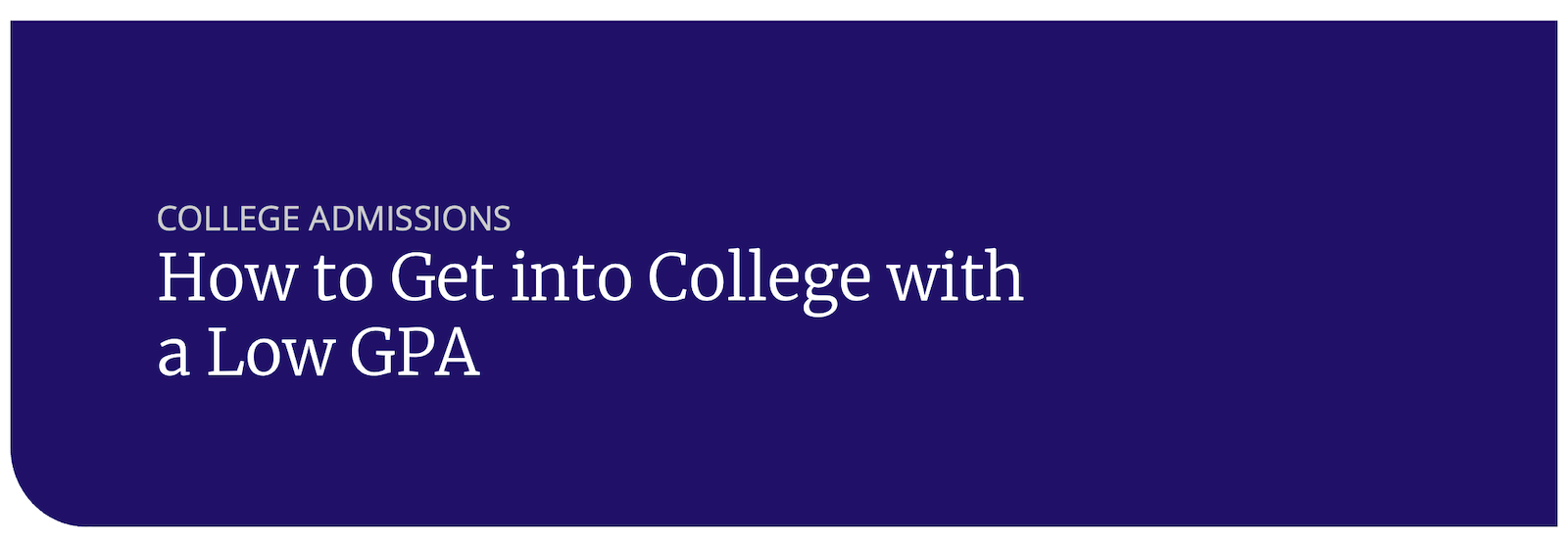Your College Application Admissions Timeline
The college admissions process can feel overwhelming for many students. There are many moving pieces and it is important for students to stay organized. Additionally, there are many time-sensitive parts of the admissions process that need to be completed in a certain timeframe.
The good news is that the admissions process will run on a similar timeline for almost all students. Keep on reading to learn more about our recommended college admissions timeline so you can know what you need to do at each point in the process.
About The Author
Will is a veteran of the college admissions process who has read thousands of applications and successfully counseled hundreds of students through the admissions process. Story2 teaches students applying to college how to write powerful personal statements, supplemental essays, and scholarship essays. Previously, Will was the Associate Director of College Counseling at an independent school in Connecticut and a Senior Assistant Director of Admissions at Kenyon College. Will is a graduate of Wake Forest University and the University of Pennsylvania.
Freshman and Sophomore Year
While the admissions process won’t really start until junior year, there are still things that you can do in ninth and tenth grade to set yourself up for success:
- Take college prep classes. Academics are the most important part of the admissions process. To put yourself in the best possible position you’ll want to take a college preparatory curriculum. Generally, this will include English, mathematics, science, social science, and a foreign language. Bonus points if you take any accelerated, honors, or advanced classes that your high school might offer.
- Get involved. Colleges are communities of students with many different types of interests. One of the best ways to show your future value as a community member is by getting involved in your high school. Tryout for a sports team, take an art class, or join a club that focuses on a topic that you are passionate about. You can also get involved outside of school by volunteering or pursuing an independent hobby.
Junior Year
Fall College Admissions Checklist
- Take the PSAT. The PSAT or preliminary SAT. The PSAT offers students excellent practice for students and will give them a good benchmark of where their testing is at. Additionally, the PSAT will qualify students for the National Merit Scholarship program.
- Attend a college fair. The first half of junior year is still a pretty early part of the admission process. So while you don’t have to have a fully fleshed out college list, it can be a good move to explore different options. Remember, the goal of the college fair is to learn about different types of colleges and develop your own preferences.
Winter College Admissions Checklist (January – February)
- Sign up for the SAT or ACT. One of your big goals before the end of junior year should be to have at least one official SAT or ACT testing. You should sign up for your test a few months out so you have some time to prep beforehand. You can also take a diagnostic test to see whether the SAT or the ACT is a better fit for you (there is no need to take both tests).
- Start your college research. Start exploring different college options! At this point, it is more important to think about broader “types” of colleges: small vs. large, rural vs. urban, close to home vs. faraway, etc. You will also want to think about other factors like affordability, majors offered, and extracurricular activities.
- Schedule some visits. Most students have school off for spring break in March. This can be an excellent time to schedule some college visits. Remember, you don’t need to schedule an extensive trip–it can be extremely valuable to visit some colleges in your local community!
Spring College Application Checklist (March – May)
- Create a preliminary list. Once you have done your research, you can start thinking about your actual college list. We suggest that you start with 10-15 colleges. It is important to take into consideration the average test scores and acceptance rates at the potential colleges on your list so that your list is balanced.
- Take AP exams and SAT Subject Tests. Depending on your junior year curriculum, you may be well prepared for multiple AP exams or SAT Subject tests. If you have any questions, your teachers will be able to help you figure out which tests make the most sense for you. These tests are worth taking–AP exams may lead to college credit while some colleges require SAT Subject tests as part of their admissions process.
- Secure your recommendations. Even though you won’t need them until senior year, it is a smart move to ask your teachers for recommendations before the end of junior year. You should focus on teachers who you had during junior year in an “academic” subject (English, math, social science, science, and foreign language).
- Find a meaningful summer activity. Summer vacation represents a great opportunity for students to dive into a new activity or explore an existing interest. While it is okay to spend some of your time over the summer recharging, it is important to find something constructive to do. Learn more about having a productive summer.
Summer College Application Checklist (June, July, & August)
- Start your essays. One of your main goals over the summer should be to draft your admissions personal statement essay. This will ensure that you have enough time to revise your essay before your application deadline. Click here to access the free Story2 admissions toolkit that has the essential tools necessary to help you write and complete your essays.
- Complete your applications. Most students will apply to college with the Common App or the Coalition Application. It is a good idea to wrap up your application questions over the summer. Whether you are using the Common App, the Coalition Application, or another college-specific application, the process is going to be largely the same. Students will be asked to answer personal and demographic questions, some questions about their academic experience, and an activities list. A focused student can probably knock this out during a few hours in an afternoon.
- Money Matters! One of the biggest mistakes that students (and parents) make is waiting to talk about finances. It is important to have a conversation about the financial aspect of college and set expectations about family contributions, student loan debt, etc. Tools like the Net Price Calculator are helpful for estimating a student’s potential need-based financial aid package (you can find the Net Price Calculator on the college’s financial aid website).
[ RELATED: Top Tips to Make the Most Out of High School ]
Senior Year
Fall College Application Checklist (September, October, November)
- Finalize your list. By early fall, students should have a finalized list of colleges that they will be applying to. Students should aim to apply to 10-12 colleges and be mindful of balance. Generally, you should expect to have 50% of your colleges in the “target” range with the rest being split among “reach” and “likely” colleges. You should talk to your school counselor or college coach before finalizing your list!
- Make an early plan. While Early Decision and Early Action programs are up in the air at many colleges due to COVID-19, students should consider potential ED and EA options. The upside of ED is that it will increase your chances of admissions. While EA will not necessarily increase your admissions chances, you will put yourself in position to get an acceptance in December or January which can take some of the pressure off of you!
- Wrap up your essays. Due to the disruption of grades, test scores, and activities, essays will be more important than ever in the admissions process next year. Make sure that you have a trusted outside reader review your essay for proofreading and general impressions. A second set of eyes is always helpful before you hit “send”.
- Demonstrate interest (if the colleges considers it). Demonstrated interest is the degree to which you show colleges that you are interested in attending their institution. Demonstrated interest can range from doing an interview, to emailing an admissions counselor, to doing a campus tour. While not all colleges “count” demonstrated interest, it can be an important part of the admissions process at some colleges. Whether or not a college “counts” demonstrated interest can be a good question to ask the admissions office!
- Mind your financial aid deadlines. If you are applying for financial aid through the FAFSA, CSS Profile, or other forms, you will want to be mindful of the deadlines! Every college will have different financial aid and admissions deadlines, so make sure that you are paying attention to them!
Winter College Application Checklist (December & January)
- Finalize your Regular Decision applications. Generally, Regular Decision deadlines are on January 1 or January 15. Even if you are banking on getting into your Early Decision college, you should have everything lined up to submit your application for RD.
- Write your January letters. If you applied to any colleges Early Decision or Early Action and were deferred admission, you will want to update the admissions office on anything that has happened or changed since you submitted your application. Here’s some more advice on writing an effective January letter.
Spring College Checklist (March & April)
- Make your decision. Most students will receive their final acceptances in March! At this point you will know which colleges you were accepted to, as well as how much money that they are offering in financial aid. Generally, colleges host visit days in April for students to learn more about their college experience. We highly recommend that you take advantage of these opportunities for your top-choice colleges.
- Work the waitlist. If you happened to be waitlisted at a top-choice college, there are still things you can do to make your case! Namely, you can send an updated set of grades and a letter of continued interest. However, you will still need to make a decision and submit a deposit at another colleges as the waitlist may or may not pan out.
Final thoughts
While everyone’s college admissions experience is different, this timeline will give you a sense of what you should be doing at any point in the process. When in doubt, we always recommend that you talk to your school counselor or college coach.
[ KEEP STUDYING: Importance of High School Summers for College Admissions ]



